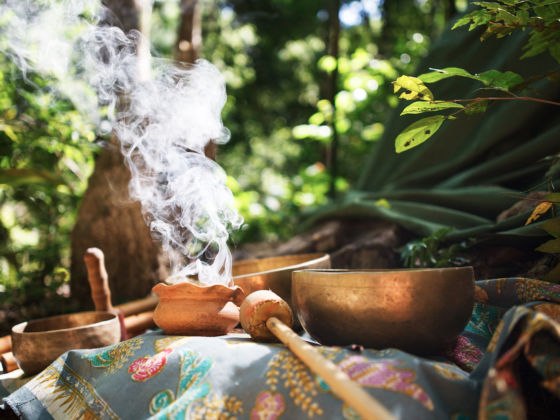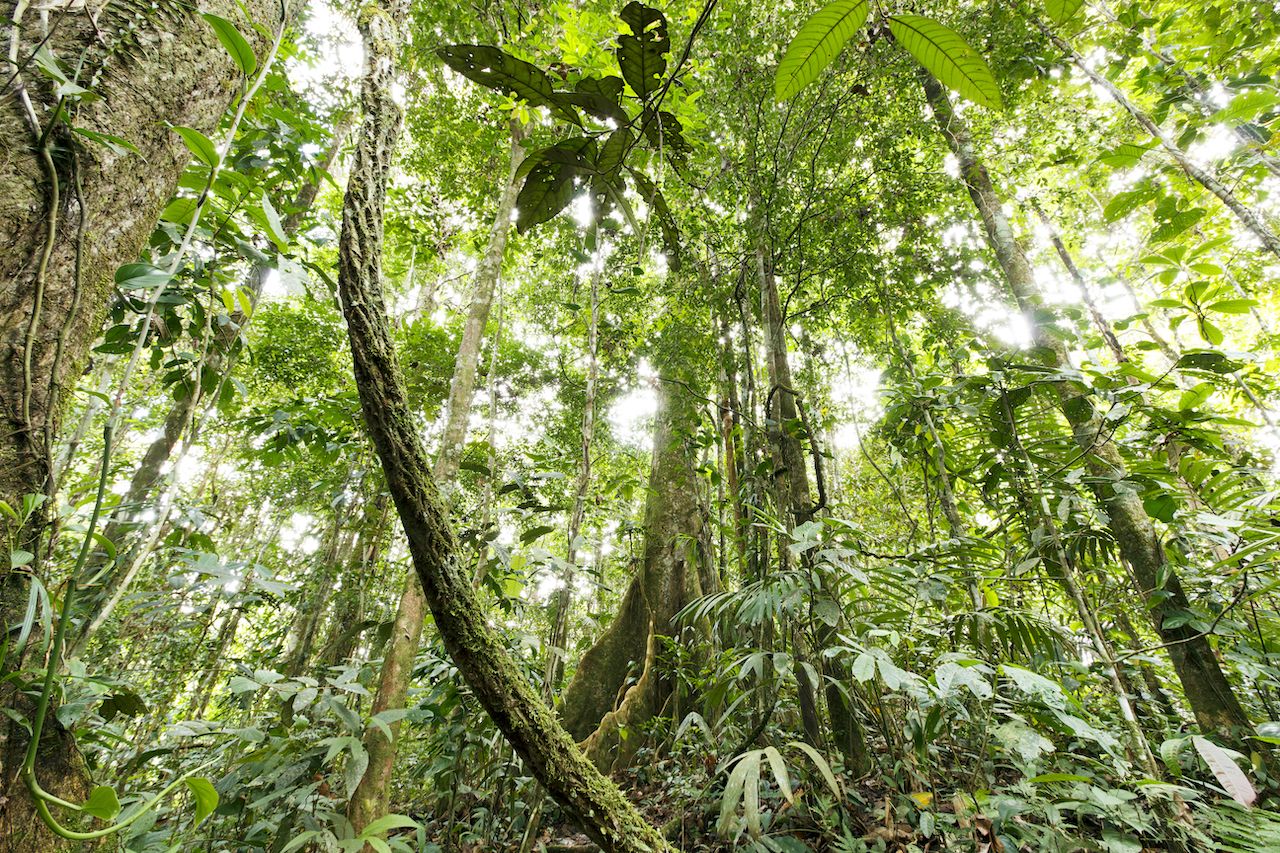There are types of spiritual experiences that come easy, and then there are those for which casual spirituality seekers need not apply. The latter are diverse but have some key ingredients: physical and mental effort, retreat from modern distractions, and a change in routine. But they also offer a special something that levels up from the normal retreat. These five experiences are some of the world’s most demanding, and it’s best to have all the information you can about the risks and rewards before diving in.
Editor’s Note: Matador Network encourages readers to research local laws and drug effects before taking part in activities that include intoxicants.





